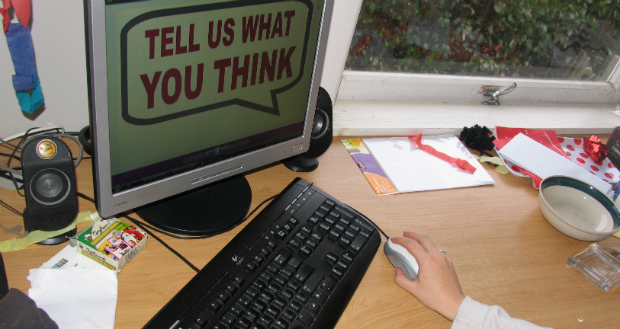An international survey has given giving print a big edge over digital, showing consumers have a greater likelihood of remembering messages in print and trusting them more.
The recent Two Sides survey asked 500 consumers in the UK, and 1000 in the US how much they enjoyed reading on different media. The results indicate a massive 84 per cent of UK respondents say they retain or use information better when reading printed words, as opposed to 55 per cent on a computer screen, 41 per cent on an e-reader or tablet and 31 per cent on a mobile or smartphone.
With New Zealand joining the Two Sides initiative, this gives Kiwi print businesses more ammunition to deal with clients who may have begun leaning in to a bigger digital spend. Two Sides Australia executive director Kellie Northwood and a regular visitor to New Zealand, says, “As an industry we need to use the Two Sides surveys and other global and local research available to us to challenge the myth that print is not relevant or effective. It is not true and consumers simply do not support this with their path to purchase and buying decision making.”
Ruth Cobb, general manager for Print NZ, says, “PrintNZ has joined the Two Sides Australia campaign from July 1 and fully supports the comments made. Our members need to use this information to remind their customers of the viability and effectiveness of print. We look further to providing further information on the Two Sides and Value of Paper and Print campaigns.”
The survey had more positive news for print. Respondents said print is also more ‘relaxing’ with some 79 per cent saying they felt calm when reading print, 44 per cent on a computer screen, 33 per cent on e-reader or tablet, and 23 per cent on a phone. Some 78 per cent say that, given a choice, they would prefer to read on paper, 30 per cent on a computer screen, 24 per cent on an e-reader or tablet, and 17 per cent on a smartphone.
Of those who feel relaxed and receptive when they read printed news, 69 per cent prefer print and 66 per cent choose magazine content, while 25 per cent opt for a screen and 18 per cent for online magazines.
Those surveyed found paper less distracting, with just 21 per cent saying they were easily distracted reading on paper – this jumped to 65 per cent when reading on a smartphone.
Age does not factor as a barrier in the discourse. Some 84 per cent of 18-24-year-olds saying they could understand and retain information better when reading on paper. 83 per cent of 25-34-year olds feel the same; 78 per cent of 35-44-year-olds; 86 per cent of 45-64-year-olds; and 91 per cent of those 64 and over.
The results mesh with those of similar Australian surveys, with Northwood saying research by Roy Morgan, Nielsen, Australia Post, KMP Economics all found people connect better with print, making it a strong media channel for marketers.
Northwood adds, “The KMP Economics survey conducted this year, found that people are three times more likely to immediately discard an email than a printed letter, Nielsen’s Consumer and Media View in research released this year found people spend on average 26 minutes a week reading catalogues, brochures and leaflets delivered through the letterbox.
“That’s a long time to communicate with your customers and Roy Morgan’s Media Most Useful sees print as a top three performer across all market segments.”




